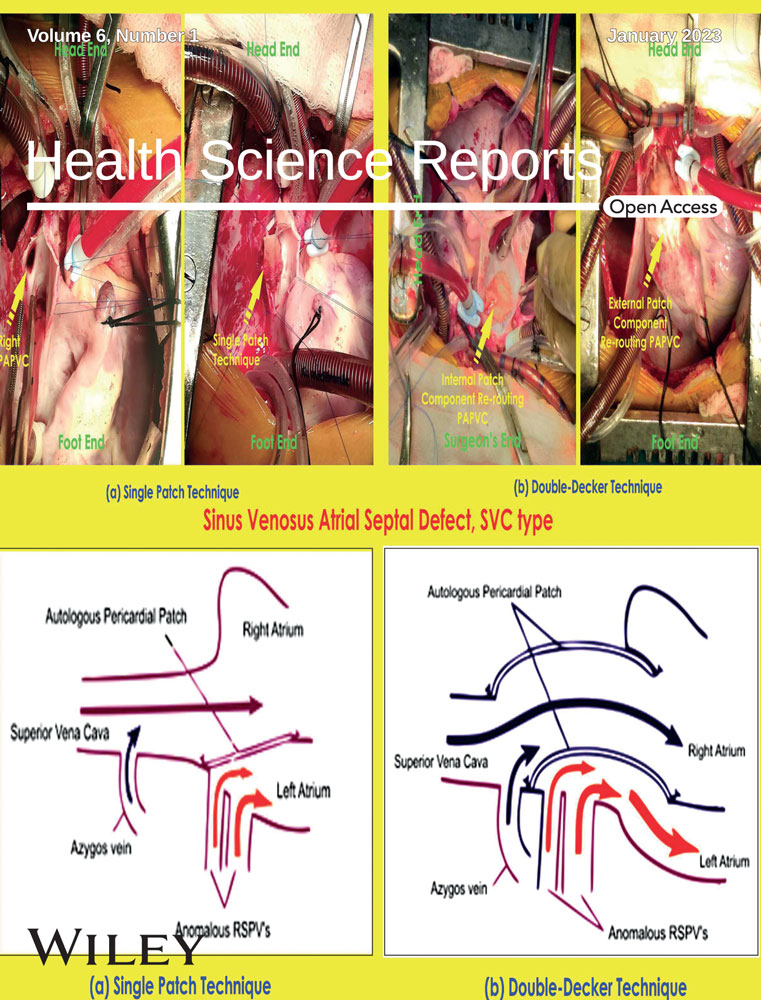Pinoresinol stimulates keratinocyte proliferation and downregulates TNF-α secretion in peripheral blood mononuclear cells: An experimental in vitro study
Abstract
Background and Aims
Natural coniferous resins are used in traditional medicine for the treatment of skin wounds. Coniferous wood resins (“callus” resin) are a mixture of abietic (resin) acids, lignans such as pinoresinol, and p-coumaric acid. The wound-healing properties of resins are thought to be related to their antimicrobial properties, but also to their effects on cell proliferation and inflammation. The purpose of this study was to identify and investigate the effects of novel aqueous dispersions of resin and its main components in the proliferation of human primary keratinocytes in vitro and in the expression of proinflammatory cytokines in human peripheral blood mononuclear cells.
Methods
The proliferation studies were performed under low and high calcium conditions with or without added growth stimulators at the time points of 2 and 6 days using AlamarBlue Cell Viability Reagent. The cytokine release assay was carried out by incubating the cells with the test articles for 18 h, after which the levels of tumor necrosis factor-α (TNF-α), interleukin-1β (IL-1β), IL-6, and IL-8 were measured in the supernatant by enzyme-linked immunosorbent assay.
Results
Resin and the purified lignan PINO, but not p-coumaric acid or abietic acid (industrial tall oil rosin), enhanced the proliferation of human keratinocytes in vitro and inhibited the expression of TNF-α, and to a lesser extent the expression of IL-1β in peripheral blood mononuclear cells.
Conclusions
In this study, novel aqueous dispersions of spruce resin were used to investigate the effects of main resin components on keratinocyte proliferation and on the expression of key proinflammatory cytokines known to be associated with chronic wounds. The observations suggest that lignans, such as PINO, but not resin acids, are the components of resins that mediate the proliferative and TNF-α-suppressing effects. Lignans including PINO were identified as novel potential compounds in the treatment of chronic skin ulcers.
CONFLICT OF INTEREST
The cytokine release assays were sponsored by, and the test articles were provided by, Repolar Pharmaceuticals Ltd. The research may lead to the development of new products, in which the authors have no business and/or financial interest. The stated financial relationships had no involvement in the study design or in the decision to submit the report for publication.
Open Research
DATA AVAILABILITY STATEMENT
The data that support the findings of this study are available from the corresponding author upon reasonable request.




